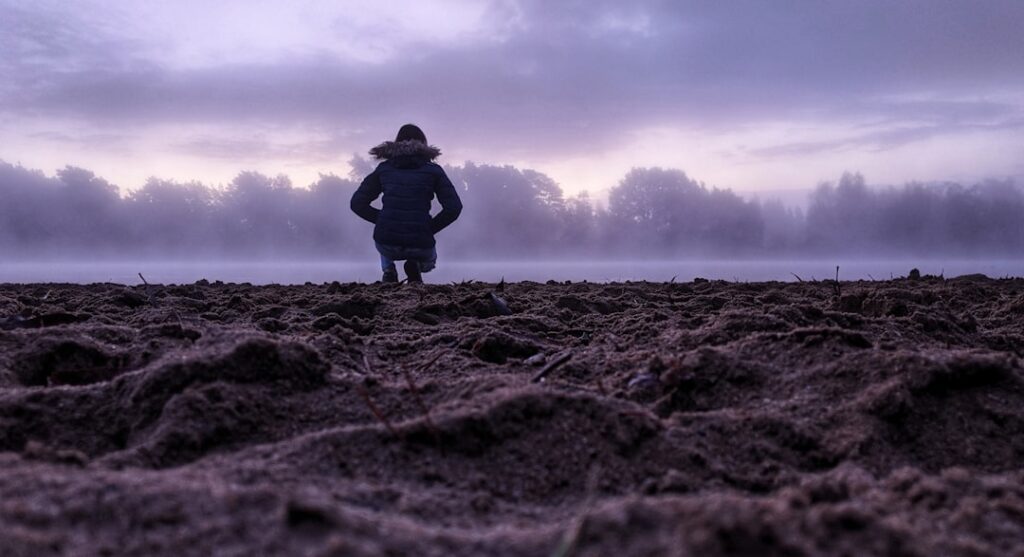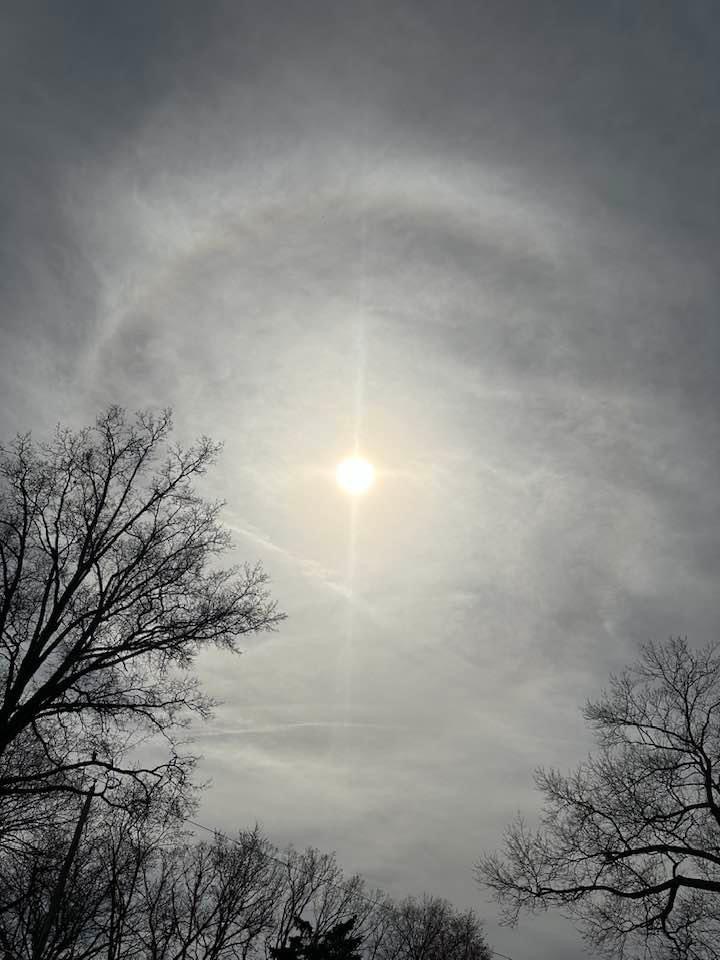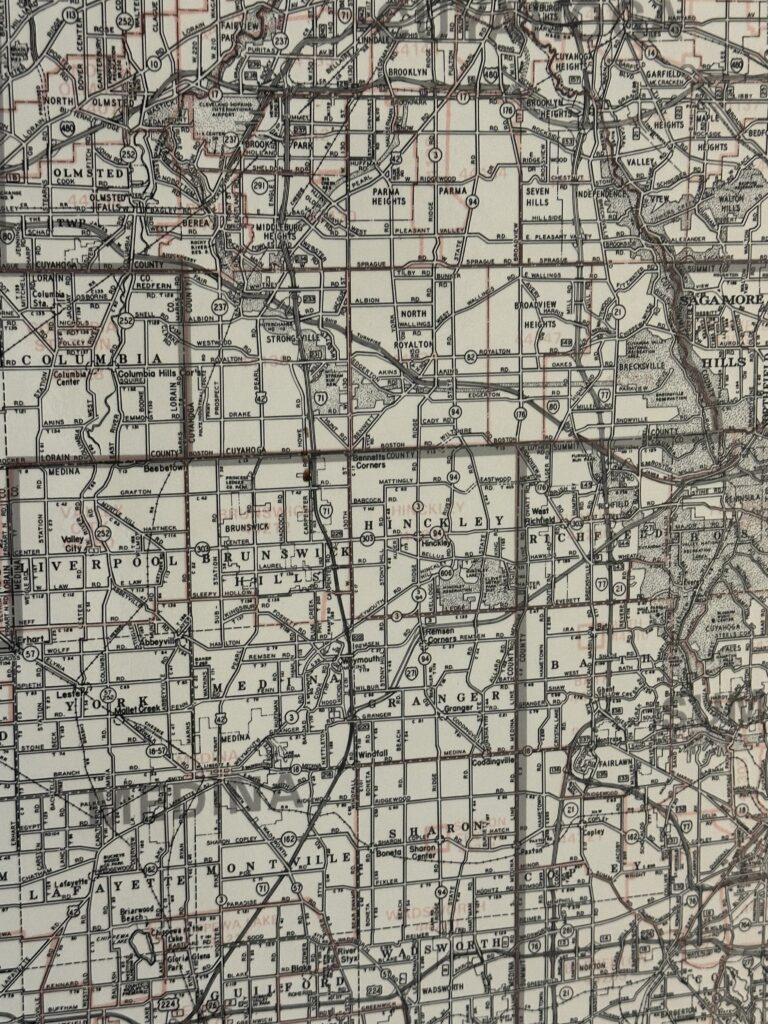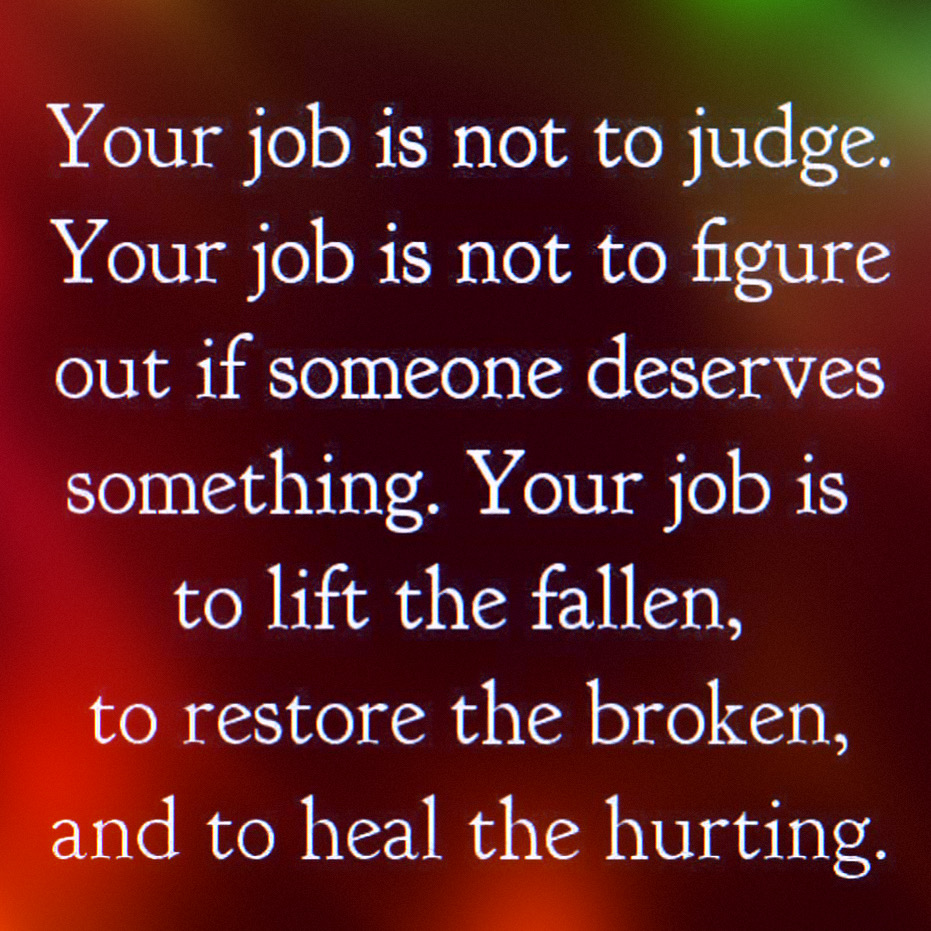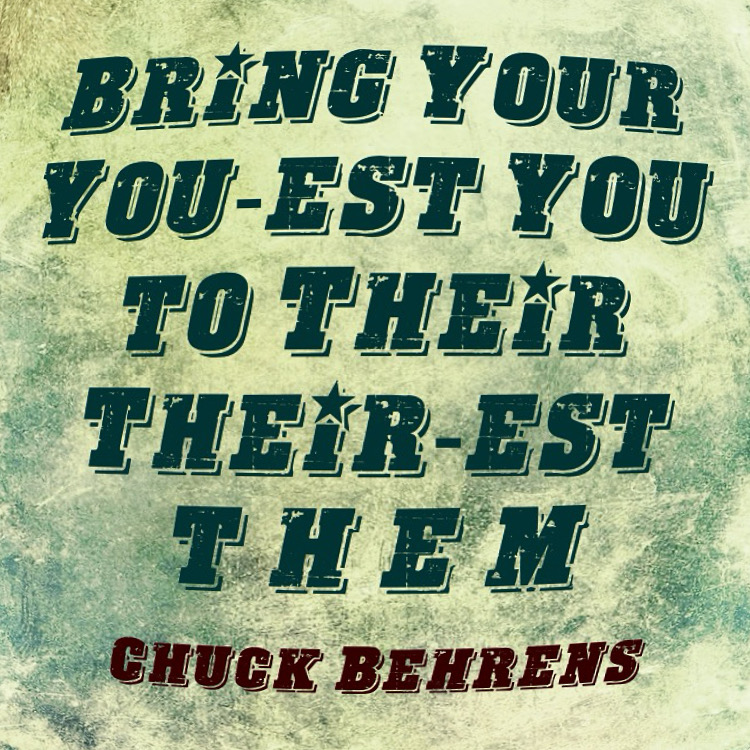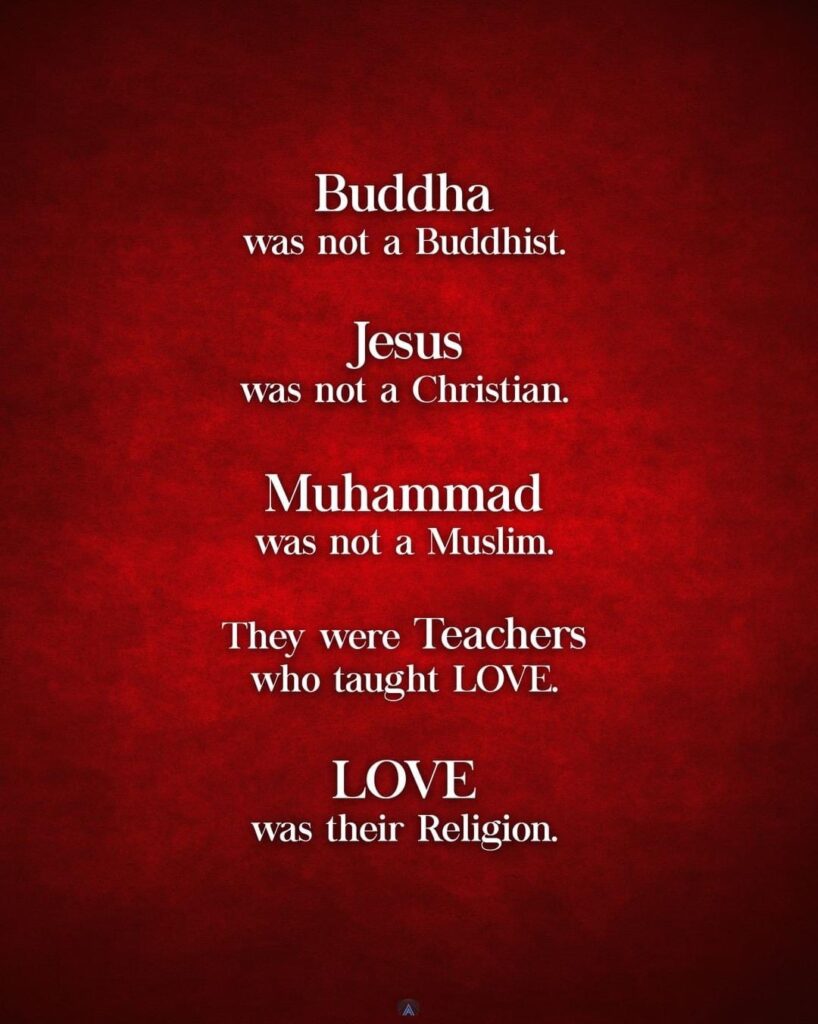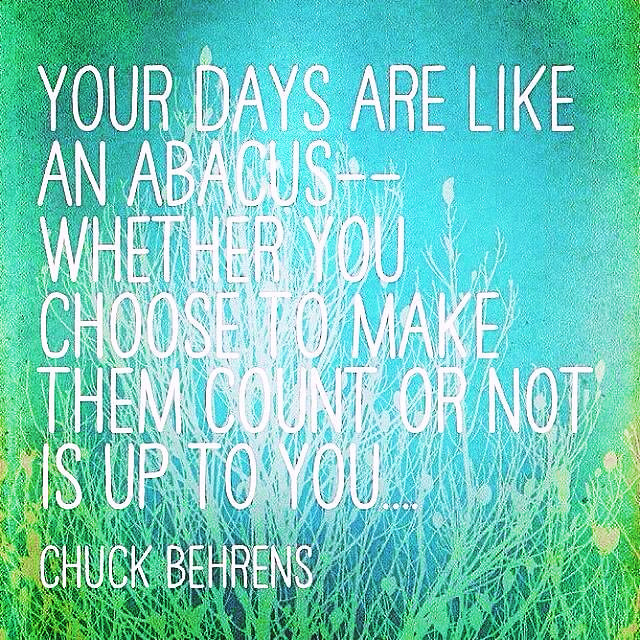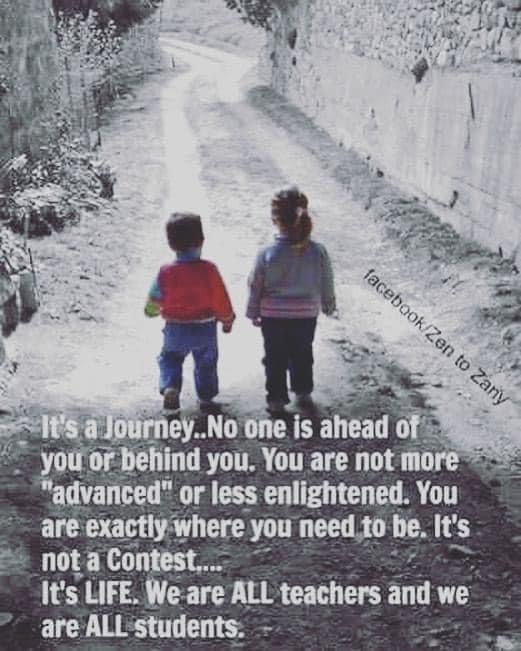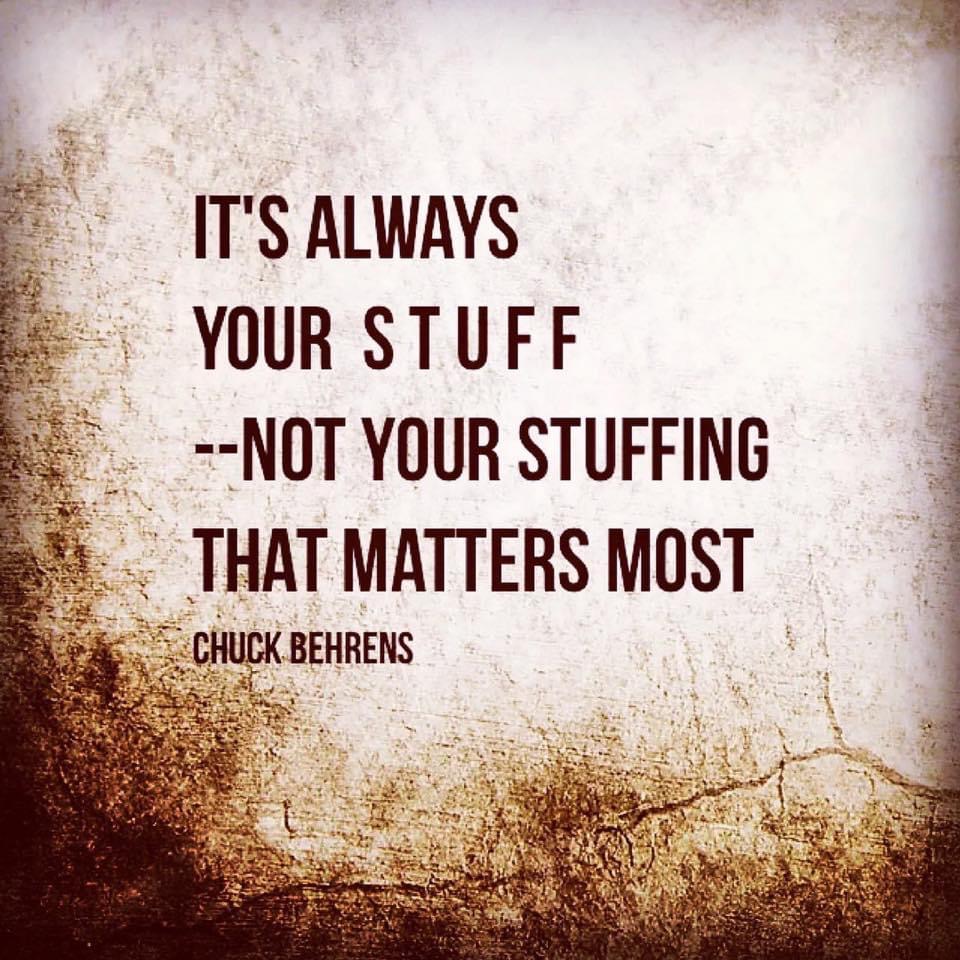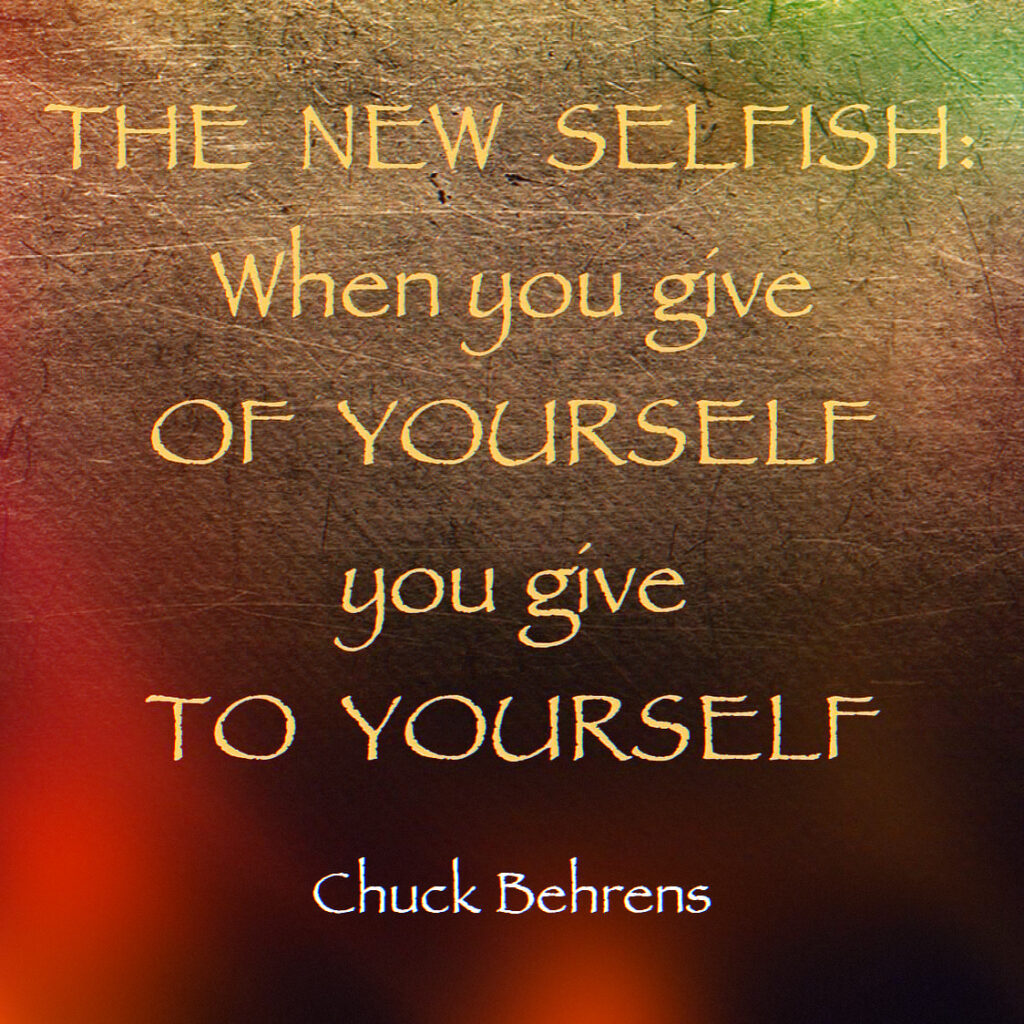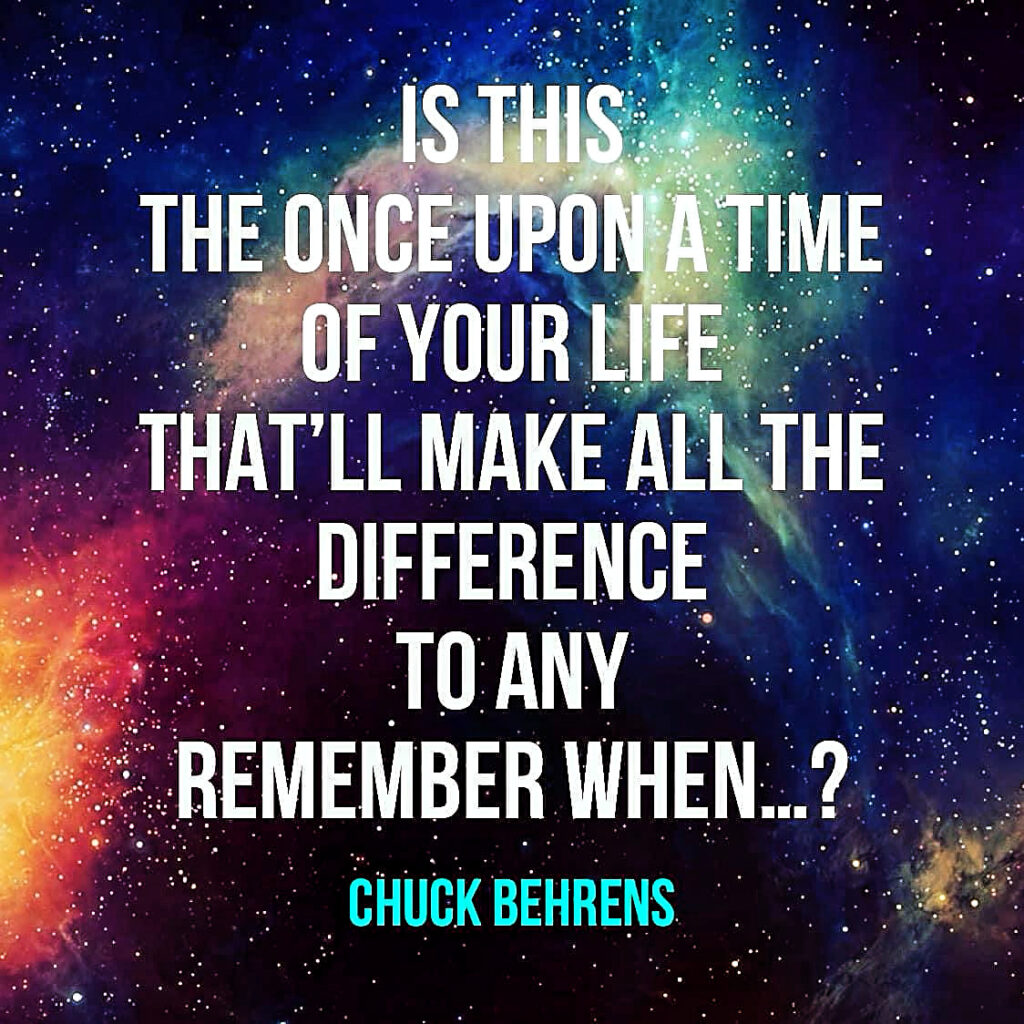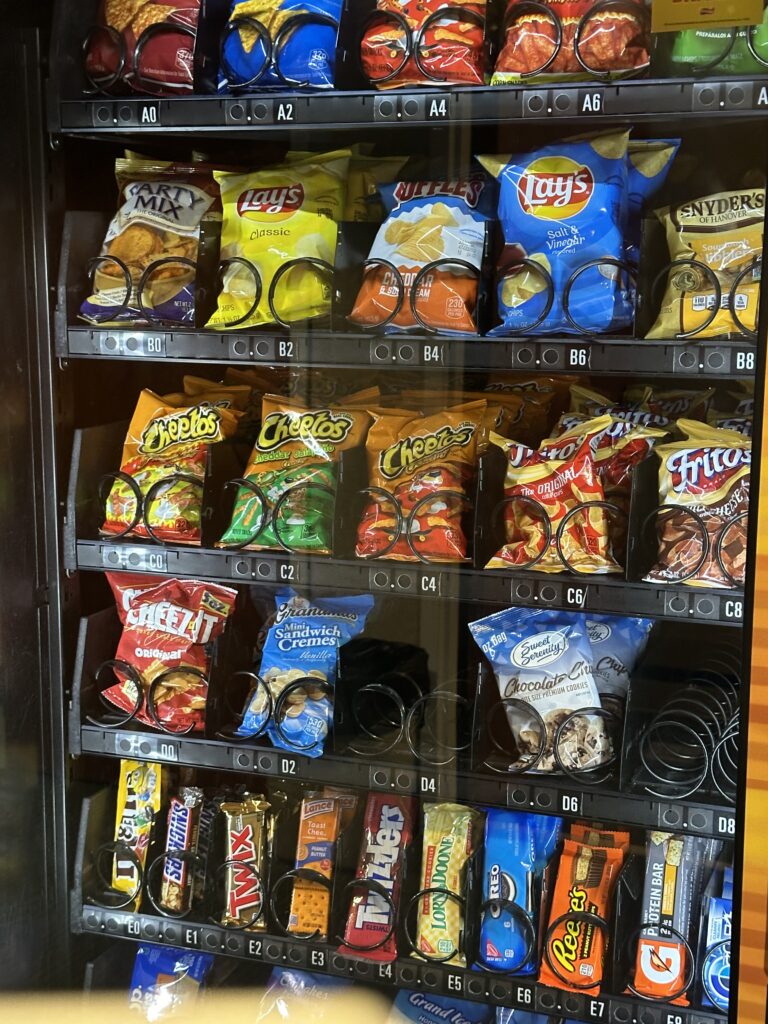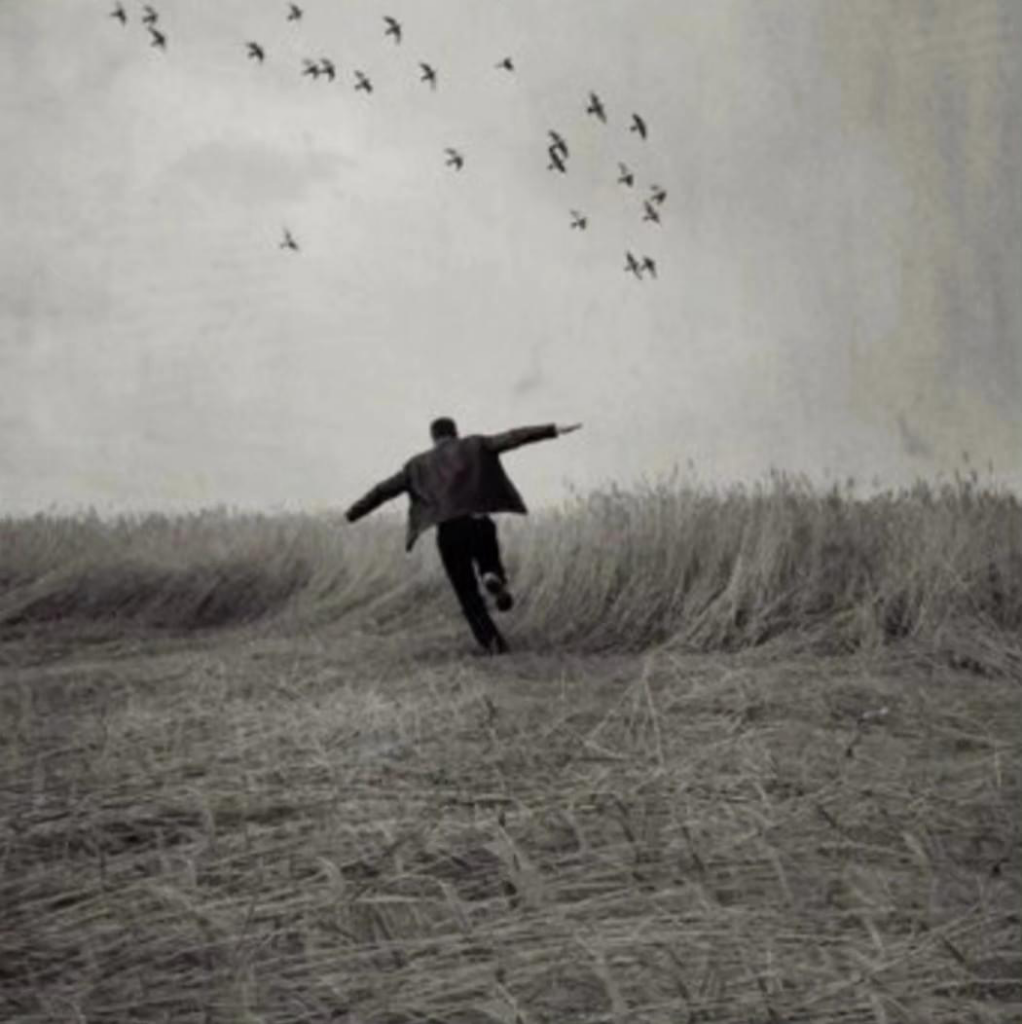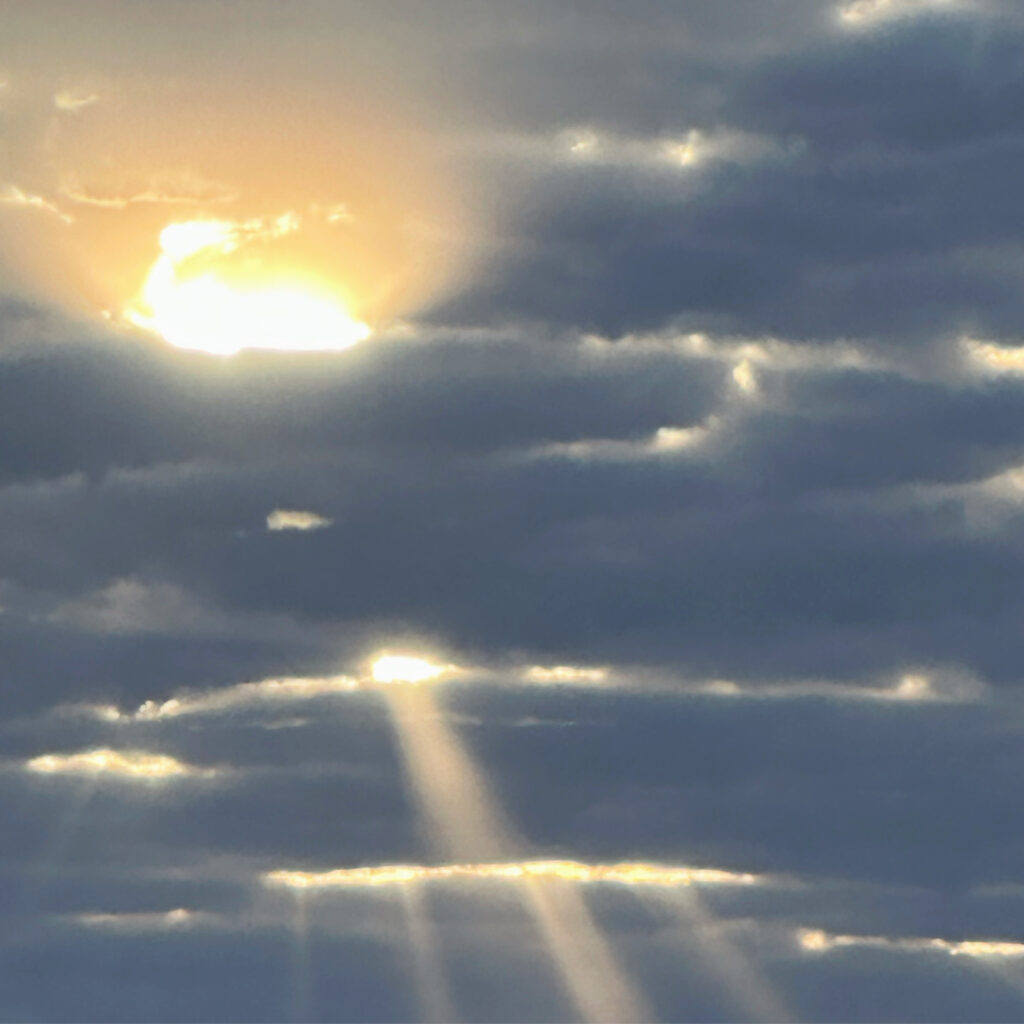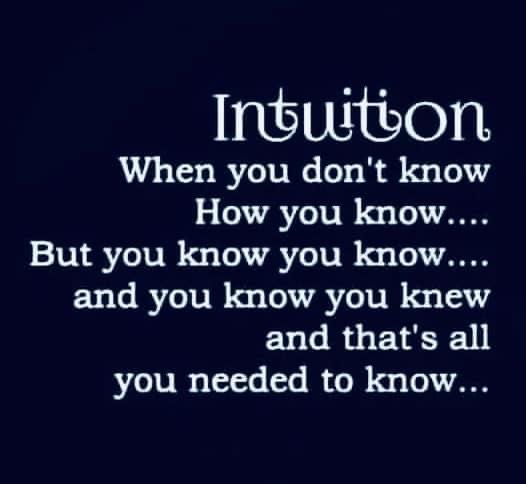Photo by Hannah Wright on Unsplash
My emptinesshas a fullnessthat is hard to carryIt’s a thick sludge in my veinsthat refuses to pumpthrough my soul’s heartwhile it oxygenates the darkestConsider these words from Richard Rohr, excerpted from his meditation on “The Sacred in the Concrete”:
Robert Frost said, “A poem begins with a lump in the throat; a home-sickness or a love-sickness.”¹ If a poem doesn’t give us a lump in the throat, is it really great poetry? My final theological conclusion is that there’s only one world and that it’s all sacred. However, we have to be prepared to know what we’re saying when we say that. If we say too glibly that the trees are sacred, along with our dog, a friend, and the roses, then we don’t really believe it. We first need to experience “a lump in the throat” to have encountered the sacred. The sacred is something that inspires awe and wonder, something that makes us cry, something that gives us the lump in the throat. We must first encounter the sacred in the concrete and kneel before it there, because we can’t start with the universal.
Poets . . . make the connection between the concrete and the universal. When we make that connection, there’s suddenly a great leap of meaning, an understanding that it’s one world. The very word “metaphor,” which comes from two Greek words, means to “carry across.” A good metaphor carries us across, and we don’t even know how it’s occurred.
. . . If we’re reading a poem too quickly, between two urgent meetings or other hurried spaces, we probably won’t get it, because we don’t have time to release ourselves. We need quiet, solitude, and open space to read poetry at greater depth. Then and only then do poems work their magic.
(My thanks to Fr. Richard Rohr, via the Center for Action and Contemplation
It’s not that the Sun doesn’t gloriously melt through the clouds so much as we just don’t take time to NOTICE; which kind of means that the worst poem of all isn’t the one not yet written, just the one not recognized or read. . .p o n d e r e d
